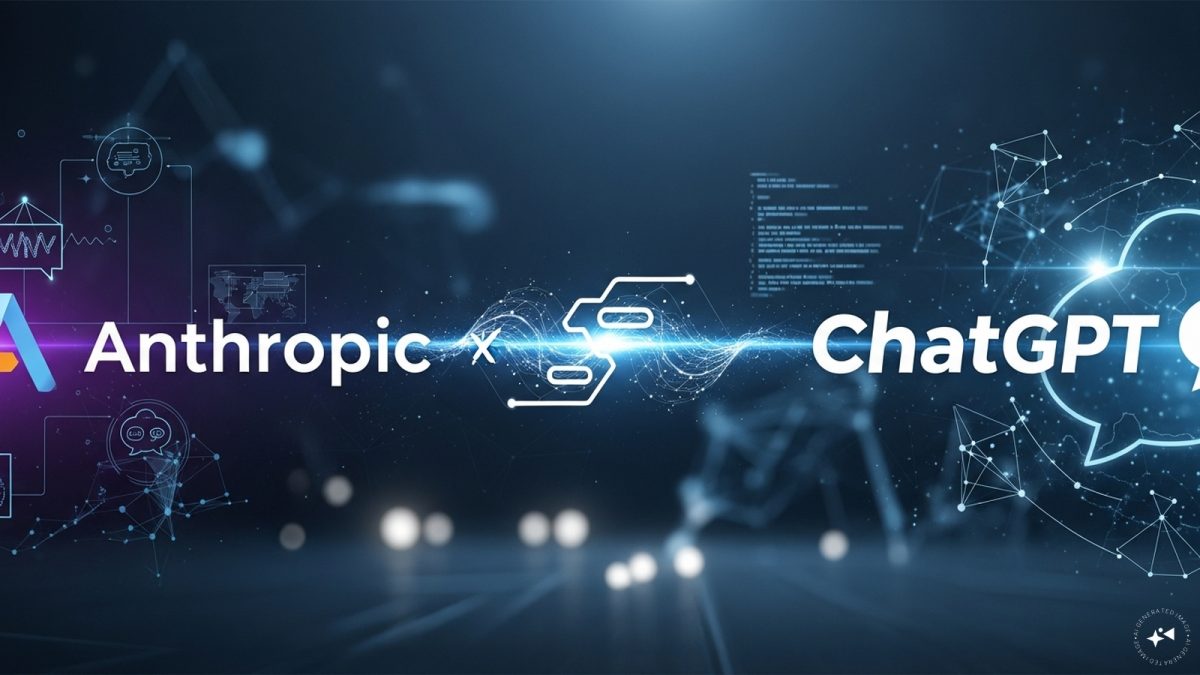The finances of Silicon Valley’s two largest artificial intelligence startups reveal strikingly different strategies towards the AI boom, according to documents obtained by The Wall Street Journal. Anthropic appears set to turn a profit far sooner than rival OpenAI.
The documents indicate that Anthropic, whose Claude chatbot is gaining traction among business users for its coding and other advanced capabilities, expects to break even for the first time in 2028.
OpenAI, by contrast, is projected to burn $9 billion after generating $13 billion in sales this year, while Anthropic expects to spend almost $3 billion against $4.2 billion in sales. Both companies’ cash burn rates amount to roughly 70 per cent of their revenue.
Looking ahead, Anthropic’s projections suggest a more efficient business model. In 2026, its cash burn is forecast to drop to around one-third of revenue, compared with 57 per cent for OpenAI. By 2027, Anthropic’s burn rate is expected to decline further to 9 per cent, while OpenAI’s remains unchanged.
OpenAI ramps up heavy investment in infrastructure and innovation
OpenAI’s substantial upfront spending, particularly on new chips and data centres, could deliver significant returns if demand for its products continues to climb. The company has recently launched a video application called Sora and a web browser named Atlas. It is also developing a consumer hardware device, e-commerce and advertising tools for ChatGPT, and humanoid robots.
The documents show that OpenAI is investing nearly $100 billion in additional data centre capacity to prepare for potential surges in demand from future products and research. It is allocating considerably more computing power to new AI research than Anthropic.
OpenAI chief executive Sam Altman posted on X: “We believe the risk to OpenAI of not having enough computing power is more significant and more likely than the risk of having too much.”
Last week, OpenAI’s chief financial officer, Sarah Friar, said the company maintained healthy margins and could break even if it chose to. She noted the rapid growth of its enterprise business and confirmed that the company was still testing new business models.
)